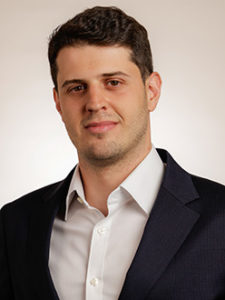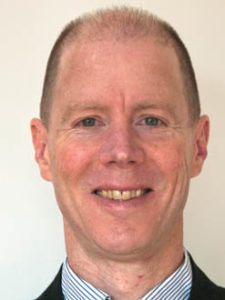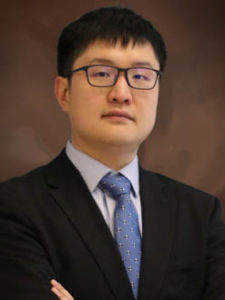Computational Mechanics Research and Education in the University of Utah’s Department of Mechanical Engineering is developing mathematical models to represent physical phenomena and applying modern computing methods to analyze these phenomena. Core strengths include fluids, solids, multiscale materials, and acoustics and vibrations.
Faculty and Labs
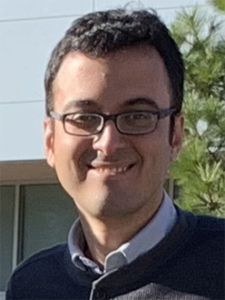
Amir Arzani
Lab: Computational Biomechanics Group
Our group does computational mechanics research with various applications but with an emphasis on cardiovascular disease. Research Interests include: computational fluid dynamics (CFD), nonlinear solid mechanics (growth & remodeling), scientific machine learning (sparse data-driven modeling and physics-informed deep learning), mass transport, dynamical systems, flow physics and transport in chaotic flows with different applications (biological flows, environmental flows, and heat transfer)
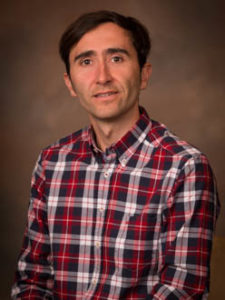
Marc Calaf
Lab – Wind Energy & Turbulence
The Wind Energy and Turbulence laboratory was designed to improve the current understanding of wind energy harvesting. To achieve this goal we dedicate much of our efforts to develop new knowledge on the turbulent atmospheric boundary layer. Our focus resides on using high resolution numerical simulations which we ultimately complement with the analysis of experimental data.
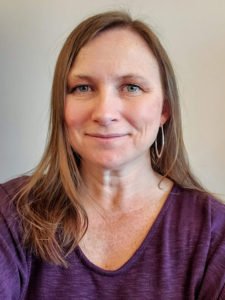
Brittany Coats
Lab: Utah Head Trauma Lab
Explores the microscopic and macroscopic structure of the head and eye at different stages of development. We use principals of engineering to characterize the biomechanical response of these structures to injury and disease. This helps us understand the initiation of injury and disease, but also allow us to design and implement accurate and complex computer models that can accelerate the development of age-appropriate injury prevention, diagnosis and treatment strategies for traumatic brain and ocular injury.
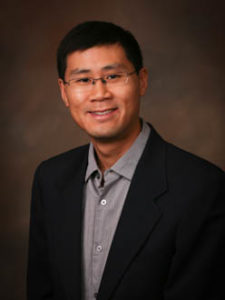
Henry Fu
Lab: Fluids and Biomechanics
Studies complex biomaterials and low-Reynolds number hydrodynamics, including the solid and fluid mechanics of swimming microorganisms and microengineered systems. Specific research projects involve swimming hydrodynamics in Newtonian and non-Newtonian biological fluids and gels, microrheology in gels, swimming hydrodynamics in shear flows, the behavior of chiral particles in shear flows, with application to chiral separation, microrobotic swimming, with application to drug delivery and microtransport and assembly, and flagella-based materials for bioenabled sensing and actuation.

James Guilkey
Research interests include Computational Solid Mechanics and Fluid Structure Interaction, Mechanical Response of Multi-Cellular Constructs, and Multi-Scale Simulation.
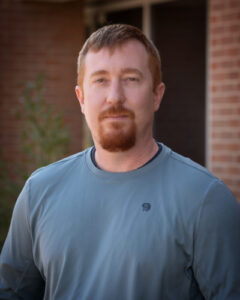
Jacob Hochhalter
Lab – Materials Prognosis from Integrated Modeling & Experiment (M’)
Researches emergent structural and material prognosis issues that involve the multiscale and stochastic nature of plasticity and fatigue cracking in structural materials. The research objective of the group is to leverage the ever-increasing capabilities in experimental observation and data analysis tools to provide new capabilities for prognosing reliability of advanced engineered structures and materials.
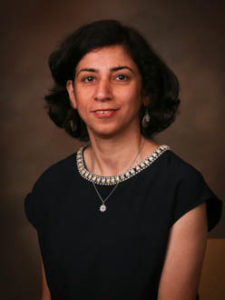
Pania Newell
Lab – Integrated Multi-Physics Laboratory
Investigating multi-physics, multi-scale phenomena through integrating theoretical, experimental, computational analysis combined with data sciences.
Alex Novoselov
Lab – Numerical Turbulence, Energy, and Reactions Group
The Numerical Turbulence, Energy, and Reactions lab focuses on making an impact against climate change through the computational study of flow and energy. Currently, we specialize in using high-fidelity simulations to better understand turbulent reacting flows in practical devices. When our tools reach the limits of what they can simulate, we develop new, state-of-the-art models to overcome these restrictions and continue our studies.
Robert G. Parker
Lab – Dynamics & Vibrations
Pursues research that merges academic investigations suitable for publication in leading journals with practical applications. While our primary goal is to pursue research valuable for the broad vibration research community, we select projects that are drawn from engineering applications. We pursue these goals while giving PhD and MS students in the lab academically exciting projects for them to develop their independent research skills and prepare for their future careers.
Ashley Spear
Lab – Multiscale Mechanics & Materials
Conducts cutting-edge research at the nexus of materials and structures. We couple materials characterization with high-performance computing and data-driven analysis (including machine learning) to address a wide range of research topics that are especially pertinent to the defense, aerospace, and manufacturing communities.
Pai Wang
Lab – Utah Waves & Architected Materials
The group expertise lies at the multi-disciplinary intersection joining mechanics of materials, computational methods, acoustics and vibrations. Our studies focus on the design of artificially structured materials for wave manipulation. These functional composites are commonly referred to as phononic crystals and acoustic metamaterials – systems with unconventional dynamic properties emerging from their micro-structures instead of their constituent materials. A central theme in this field is the emergence of acoustic/phononic band gaps – a range of frequency in which the propagation of elastic wave is suppressed.
